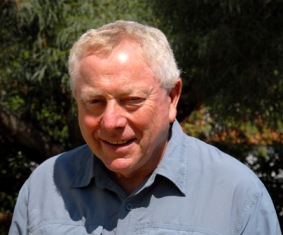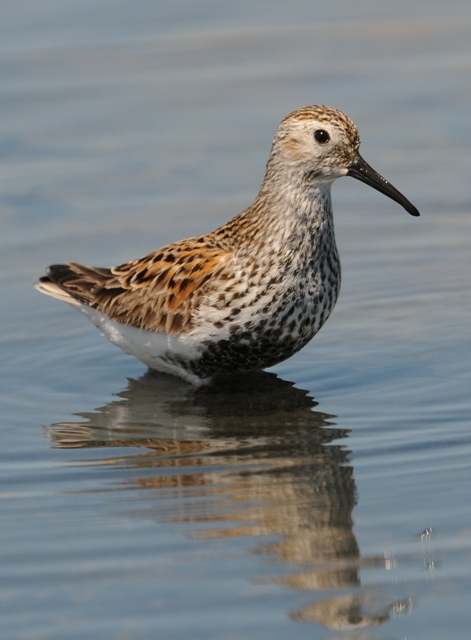Out with Papa-figos

Clive Viney - co-author of Algarve Wildlife - the natural year
Papa-figos (which literally translates as fig eater) is the Portuguese name for the Golden Oriole, one of the iconic visiting birds of the Algarve. Clive Viney is the co-author of Algarve Wildlife - the natural year, and now, under the guise of Papa-Figos, chronicles his finds, thoughts and feelings while walking in the Algarve countryside throughout the natural year. Look out for his regular updates, illustrated by his fellow co-author and photographer, Ray Tipper, who has kindly provided some of the photographs that illustrate these articles by clicking through from the links below.
A Narrow Window

Red-necked Phalarope. Picture Ray Tipper: Licence enquiry...
To the uninitiated some shorebirds (or waders if you prefer) present an identification challenge. For much of the year, a tricky mix of juvenile, winter and transitional plumages prevail. However, for a short time at the end of April and the beginning of May, a few species that breed in the far north pass through in spanking breeding plumage and are easy to identify. During this narrow window of opportunity they look like the distinctive birds in field guides. A classic example is the summer male Grey Plover – the last word in breathtaking monochrome. Others include the very red Red Knots and Curlew Sandpipers, waist-coated Dunlins and coal-black Spotted Redshanks. Our own breeding shorebirds, such as Black-winged Stilt, Avocet, Kentish Plover and Common Redshank, smarten up but there is no metamorphosis.

Red Knots.Picture Ray Tipper: Licence enquiry...
On the morning of 6th May the tide was very high, thereby forcing migrant shorebirds to roost in the old impoundments of the saltpans (salinas) to the east of Tavira. On the first impoundment that I looked at were summer plumaged Curlew Sandpipers, Dunlins and Little Stints but there was another bird that had me momentarily confused. Then the penny dropped, it was a Red-necked Phalarope – a species only infrequently seen in the Algarve. It was not very red, which probably meant that it was a male. In this species, sex roles are reversed and it is the female that is bright and stunning. When not breeding or travelling to its breeding grounds, this strange bird spends its life in flocks, far from land, swimming on tropical seas.

Curlew Sandpiper. Picture Ray Tipper: Licence enquiry... .
Fortunately, I had my mobile telephone with me (less than a one in twenty chance) and called Ray Tipper. This was one of the few birds seen in the Algarve that he had never photographed. It took the best part of three days but Ray did eventually manage a photo that met his high standards. Interestingly, the bird became a little redder each day.

Dunlin. Picture Ray Tipper: Licence enquiry...
Not having the incredible patience of a wildlife photographer, I soon moved on and there was much to see. European Bee-eaters were breeding in an embankment not far from the shopping plaza. Mallards had ducklings, a pair of Common Shelducks looked as if they were interested in breeding, as did Gadwall, and I was surprised to see Shovelers so late. On one of the huge impoundments running east from the road to Quatro Águas was a flock of Red Knots that included truly red birds and a good number of Bar-tailed Godwits.

Little Stint. Picture Ray Tipper: Licence enquiry...
Our breeding shorebirds were very obvious and seemed to be having a good season. Other records of note were Stone-curlews, an Audouin’s Gull and a Horseshoe Whip Snake.
On a track used by the salinas’ operators, I was very surprised to encounter a tuk-tuk with two waving tourists on board. Ray said that he’d seen tuk-tuks there before and hoped that they didn’t become a flock!

